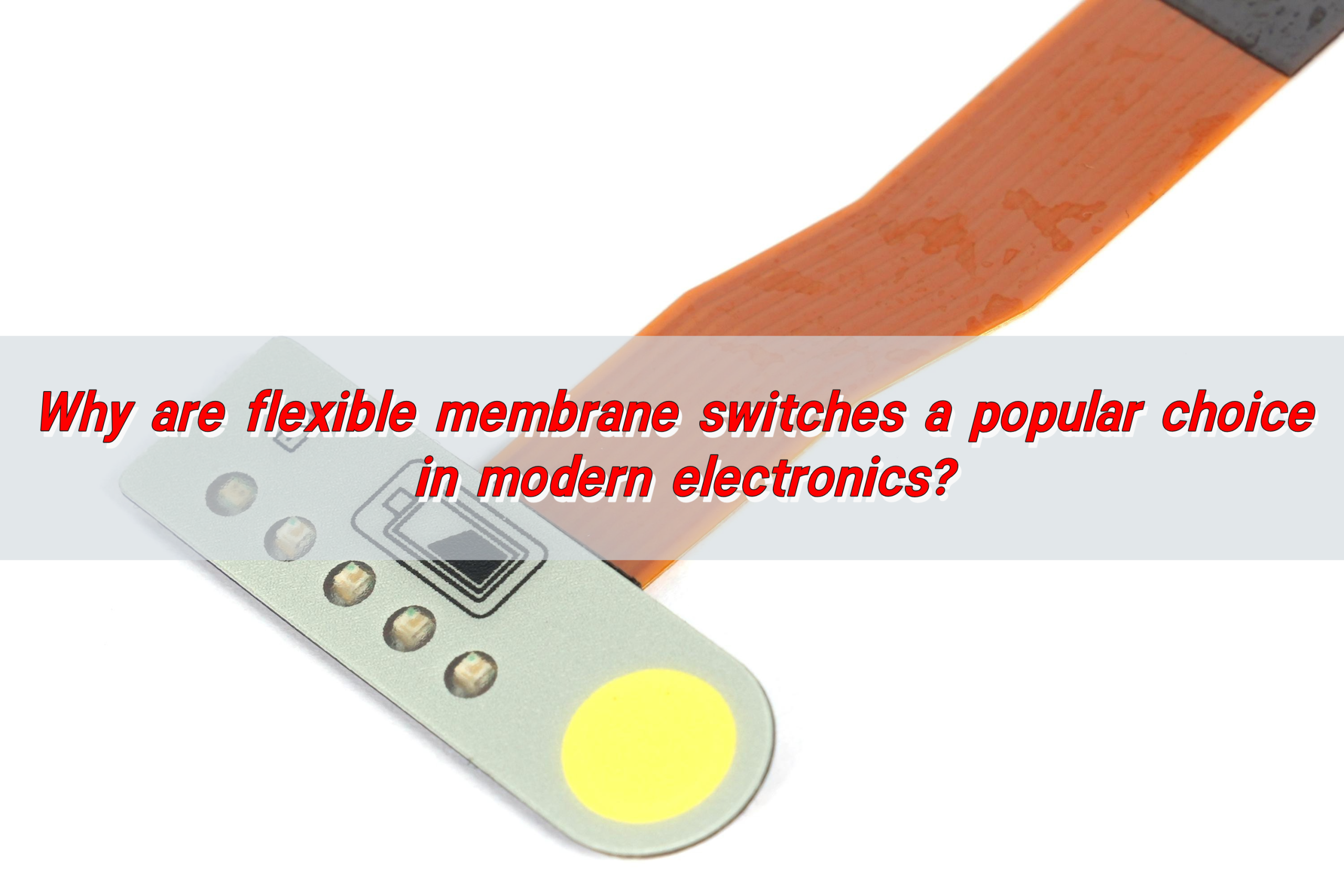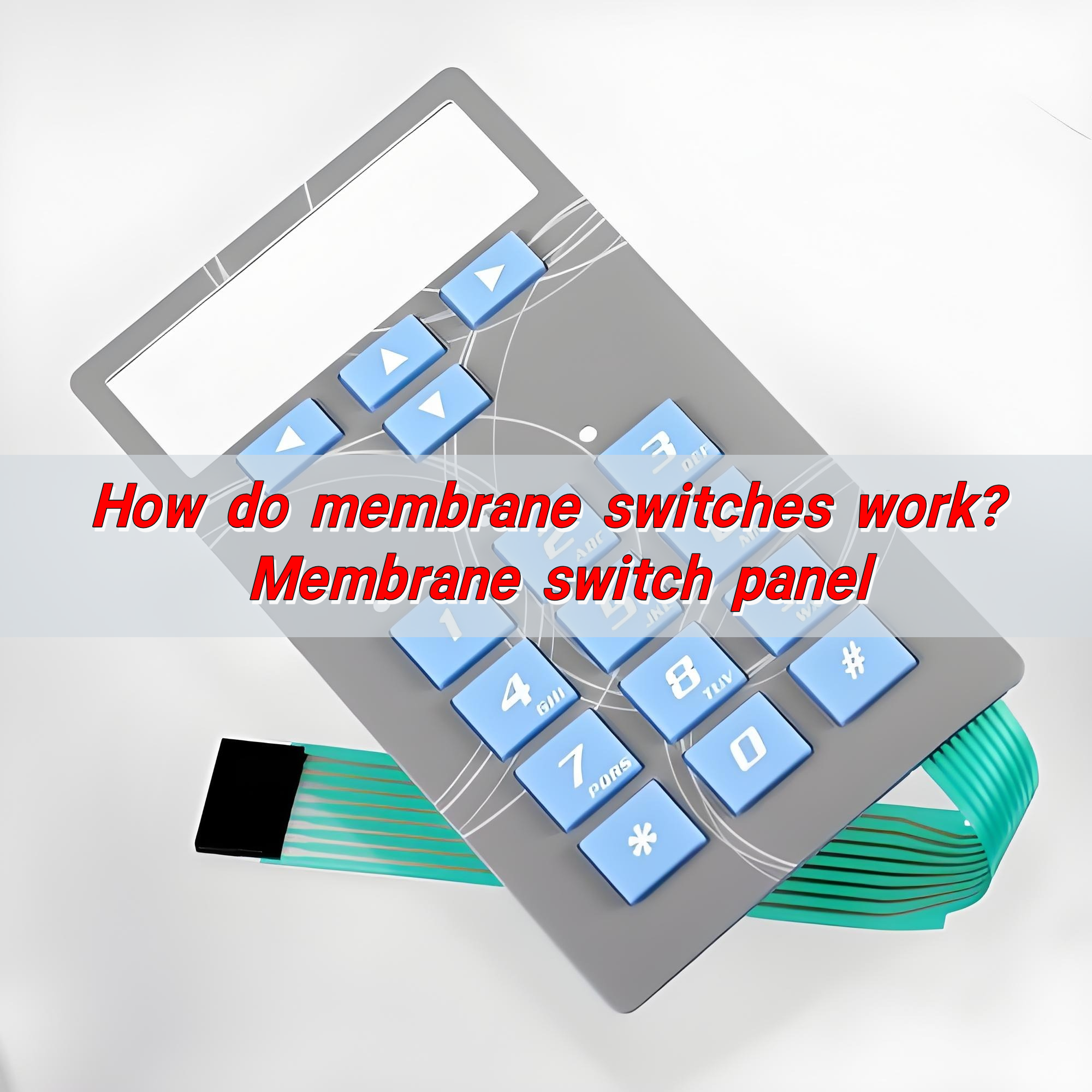
What is silicone rubber used for?
What is silicone rubber used for?
Silicone rubber is a material with unique properties and is widely used in many fields. In membrane switches, silicone rubber plays a vital role. As a key material, silicone rubber has good elasticity and touch, which can provide a comfortable key operation experience. At the same time, silicone rubber also has good wear resistance and corrosion resistance, which can ensure the long-term performance of membrane switches.
What is silicone rubber?
Silicone rubber is a synthetic rubber material with excellent performance and wide application.
In terms of performance, silicone rubber has extremely excellent elasticity and flexibility, can withstand large-scale stretching, bending and extrusion deformation, and can quickly return to its original shape after the deformation is eliminated, and has a strong deformation recovery ability. It has excellent heat resistance and can continue to operate in a very high temperature environment without losing key performance.

At the same time, silicone rubber is also very cold-resistant. Even in severe cold conditions, it can still maintain good elasticity and softness, effectively avoiding brittleness and performance degradation caused by low temperature.
In addition, it also has excellent aging resistance. It can maintain structural stability and reliable performance in the face of various aging factors such as ultraviolet rays, ozone, and humidity changes when exposed to the natural environment for a long time, and its service life is significantly longer than that of many ordinary rubber materials.
What is silicone rubber used for?
The application of silicone rubber in membrane switches is mainly reflected in its excellent physical and chemical properties.
Silicone rubber membrane switches are usually composed of silicone rubber film and circuit boards, and have the following characteristics:
- High and low temperature resistance: Silicone rubber can maintain its physical properties at extreme temperatures, which makes it perform well in switches that need to withstand high or low temperature environments.
- Good insulation: Silicone rubber has excellent electrical insulation properties, and its electrical insulation can remain stable even in moisture or temperature changes, which is very important for switchgear that requires high safety.
- Chemical corrosion resistance: Silicone rubber has good resistance to a variety of chemicals, which makes it perform well in switch applications with complex chemical environments.
- Long life: Silicone rubber materials have a long service life and can maintain stable performance in harsh environments, reducing the frequency of maintenance and replacement.
These characteristics make silicone rubber membrane switches widely used in electronic devices that require high reliability and long life, such as industrial control panels, medical equipment, aerospace equipment, etc.
Is silicon rubber safe?
Silicone rubber is generally considered a safe material and is usually harmless to human health.
Silicone rubber is a non-toxic, odorless material with high temperature resistance, corrosion resistance, and aging resistance. It is widely used to make food preservation boxes, kitchen utensils, medical devices and other products.

Qualified silicone rubber products undergo strict production processes and quality control, meet relevant standards and regulatory requirements, and usually do not contain toxic substances that are harmful to the human body.
Is silicone rubber cheap?
The price of silicone rubber is relatively low. Generally speaking, silicone rubber has certain price advantages compared to some natural rubber and special synthetic rubber, and it can be said to be relatively cheap.
The production process of silicone rubber has been quite mature after years of development. From polymerization reaction to molding processing, the technology of each link is relatively complete, which can achieve efficient and stable production, thereby reducing the production cost of unit products.
Silicone rubber has good heat resistance, cold resistance, weather resistance, insulation and other properties, which can meet many common industrial and civilian needs. However, for some high-end application scenarios with extremely high requirements for rubber performance and extremely special, the performance of silicone rubber is not unique, so its price will not be greatly increased due to excessive pursuit of extreme performance.
What are the disadvantages of silicone rubber?
Silicone rubber has the following main disadvantages:
1. Mechanical properties
- Low tear strength: Silicone rubber has relatively poor tear resistance. When it is pulled by external force or acted by sharp objects, it is easy to tear and break.
- Insufficient wear resistance: Its surface hardness is low and its wear resistance is poor. It is easy to be worn during frequent friction with other objects.
- Limited mechanical strength: The overall mechanical strength is not high. When subjected to large external forces, it is easy to deform or even damage.
2. Chemical properties
- Poor oil resistance: Silicone rubber has poor tolerance to oil substances, especially when it comes into contact with hot oil, it will swell rapidly, and its mechanical properties will also drop significantly.
- Solvent resistance is general: In some organic solvents, silicone rubber may swell, soften or even dissolve, thus affecting its performance and service life.
3. Processing performance
- Complicated molding process: The molding of silicone rubber usually requires special equipment and process conditions, and the production process is relatively complex, which not only increases the production cost.
- Poor fluidity: Its viscosity is high and its fluidity is poor. In the molding process such as injection molding and extrusion, it is easy to have defects such as incomplete filling and rough surface.
4. Other aspects
- Poor air permeability: Silicone rubber has low gas permeability. For some application scenarios that require good air permeability, it may not be suitable, which will affect the performance and use effect of the product.
- Poor adhesion with some materials: It is difficult for silicone rubber to bond with some metals, plastics and other materials. Special adhesives or surface treatment are required to achieve good bonding effects.
How long does silicone rubber last?
The service life of silicone rubber membrane switches can usually reach more than one million times. This is because its switching action is only achieved by the vertical bounce of the elastic film, the creep amplitude is small, the material selection is reasonable, and it can withstand long-term use without deformation.

In addition, silicone rubber membrane switches also have the following characteristics:
- Durability: Due to its structural design and material selection, silicone rubber membrane switches can withstand high-frequency use without deformation.
- Sealing: The overall sealing structure can effectively prevent harmful gas erosion, waterproof and dustproof, and is suitable for various harsh environments.
- Small size and light weight: The design can be arranged and combined into a membrane keyboard, which is small in size, light in weight, and reliable in structure.
- Rich colors: It can be personalized according to design requirements and has a beautiful appearance.
These characteristics make silicone rubber membrane switches widely used in many fields, including electronic communications, medical equipment, and the automotive industry.
As a key material in the membrane switch, silicone rubber has excellent elasticity, giving the keys a comfortable touch and just the right feedback force, greatly improving the user’s operating experience, while effectively reducing misoperation. The excellent wear resistance and corrosion resistance enable the membrane switch keys to maintain stable shape and reliable performance even after frequent pressing, ensuring long-term stable use.

Why are flexible membrane switches a popular choice in modern electronics?
Flexible membrane switches are popular in modern electronic products due to their flexibility, thinness and economy. They not only adapt to complex curved surfaces and achieve flexible design, but also have environmental adaptability such as waterproof and dustproof. In addition, they support multi-function integration, such as LED indicators and sound feedback, to enhance user experience. ...

What is click touch membrane switch? custom membrane keypad
Click touch membrane switches are membrane switches that conduct circuits by pressing, have tactile feedback and stable operation, and are widely used in electronic communications, industrial control, medical equipment and other fields. Customized membrane keypad are based on this technology and can choose different materials and layouts according to customer needs. They are both functional ...

How do membrane switches work? Understanding membrane switch panel
Membrane switch is a new type of electronic component that integrates key functions, indicator elements, and instrument panels. When pressed, the upper circuit contact contacts the lower circuit; when released, the contact rebounds, the circuit is disconnected, and the signal is triggered. Membrane switches have good waterproof and dustproof advantages and are widely used in ...
Contact us online